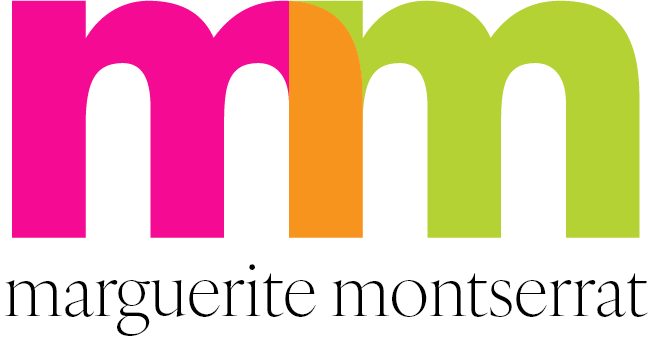Nurturing Artistic Talents in Children with Learning Disabilities
Written by Don LewisIntroducing children with learning disabilities to the world of the arts offers a transformative journey that enhances self-esteem, nurtures creativity, and promotes holistic development.
In the following article, courtesy of artist Marguerite Montserrat, we'll delve into effective strategies aimed at engaging these children in artistic pursuits. By implementing these approaches, we can guide them in discovering and unlocking their hidden talents.
Find Classes that Fit Their Needs
Art is a powerful tool for self-expression and growth, and finding the right learning environment is crucial for children with learning disabilities. Look for art classes specifically designed for kids facing similar challenges.
These specialized classes provide a supportive atmosphere where children can learn at their own pace without feeling overwhelmed. Expert instructors who understand the unique needs of these children can adapt teaching methods to cater to different learning styles, creating an environment where creativity can flourish.
Encourage Hands-On Activities
Visual aids and hands-on activities play a pivotal role in engaging children with learning disabilities in the arts. Utilize visual aids such as diagrams, pictures, and written instructions to break down complex artistic processes into manageable steps.
Demonstrations can help children understand the techniques better, enabling them to replicate the steps with confidence. Additionally, incorporating hands-on activities that engage multiple senses, such as touch and sight, can aid comprehension and retention, making the learning experience more enjoyable and effective.
Help Them Explore Different Mediums
Encourage children to explore a wide range of art mediums, from painting and drawing to sculpting and mixed media. By allowing them to experiment with various mediums, you empower them to discover their strengths and preferences.
This exploration not only boosts their self-confidence but also nurtures their creative intuition. Providing a platform to experiment helps these young artists find their unique voice and artistic style, contributing to their personal and artistic growth. art
Link Music Therapy with Art
Combining music therapy with art sessions can yield remarkable results for children with learning disabilities. Music has the power to enhance sensory experiences and stimulate creativity. Soft melodies can promote relaxation and create a conducive environment for focused artistic activities.
The rhythmic aspect of music can also help establish a steady pace during creative tasks, aiding in concentration and skill development. Integrating music into art sessions offers a holistic approach to learning that benefits both the artistic and emotional aspects of these children's lives.
Offer Positive Reinforcement
In the journey of nurturing artistic talents, it's important to shift the focus from solely praising final results to acknowledging effort and progress. Positive reinforcement for trying new techniques, persevering through challenges, and making improvements encourages motivation and self-esteem.
This approach cultivates a growth mindset, where mistakes are seen as opportunities to learn and grow. By celebrating the journey, children develop a healthier relationship with their creative pursuits, fostering long-term engagement and dedication.
Invest in Necessary Adaptive Tools
For children with physical disabilities, providing adaptive art tools is crucial for their involvement in artistic activities. These tools are designed to accommodate various physical limitations, allowing children to express themselves regardless of their challenges.
Adaptive brushes, ergonomic grips, and specialized tools make the artistic process accessible and enjoyable. Creating an inclusive environment ensures that every child, regardless of their physical abilities, can participate fully and reap the benefits of artistic expression.
Offer a Space for Artistic Passion at Home
If a child demonstrates a strong passion for the arts, consider dedicating a space at home for their creative endeavors. This nurturing environment not only provides a place to practice but also sends a powerful message about the importance of their artistic pursuits.
Renovations or room additions can be considered investments in both their creative growth and property value. A dedicated space encourages regular practice, allows for artistic exploration, and showcases the family's support for the child's passions.
A Path to … Your Own Artistic Business?
For parents and educators invested in fostering artistic talents in children with learning disabilities, starting a specialized art business can be a rewarding venture, especially if you develop untapped skills while supporting your child with their pursuits.
By offering tailored art lessons, for example, you provide a valuable service that addresses a unique need in the community. Consider forming a limited liability company (LLC) to establish a structured platform for your business. This not only lends professionalism to your offerings but also ensures that your specialized expertise reaches those who can benefit most from it.
Conclusion
Engaging children with learning disabilities in the arts can be an incredibly rewarding experience, fostering their growth in diverse ways. Through the strategies outlined above, we can unlock creativity and provide children with learning disabilities the opportunity to thrive in the world of arts.

